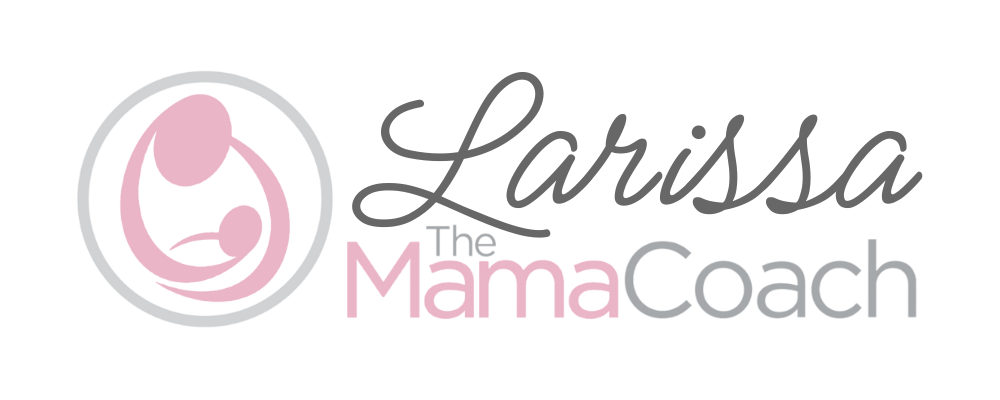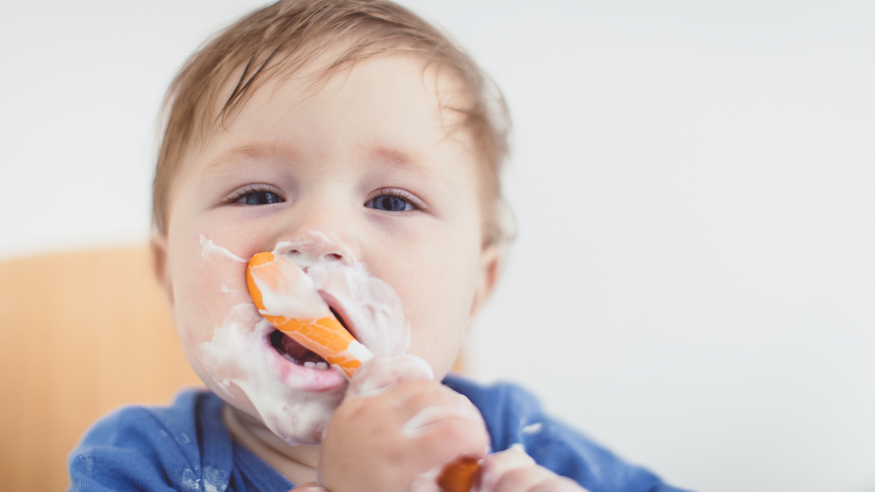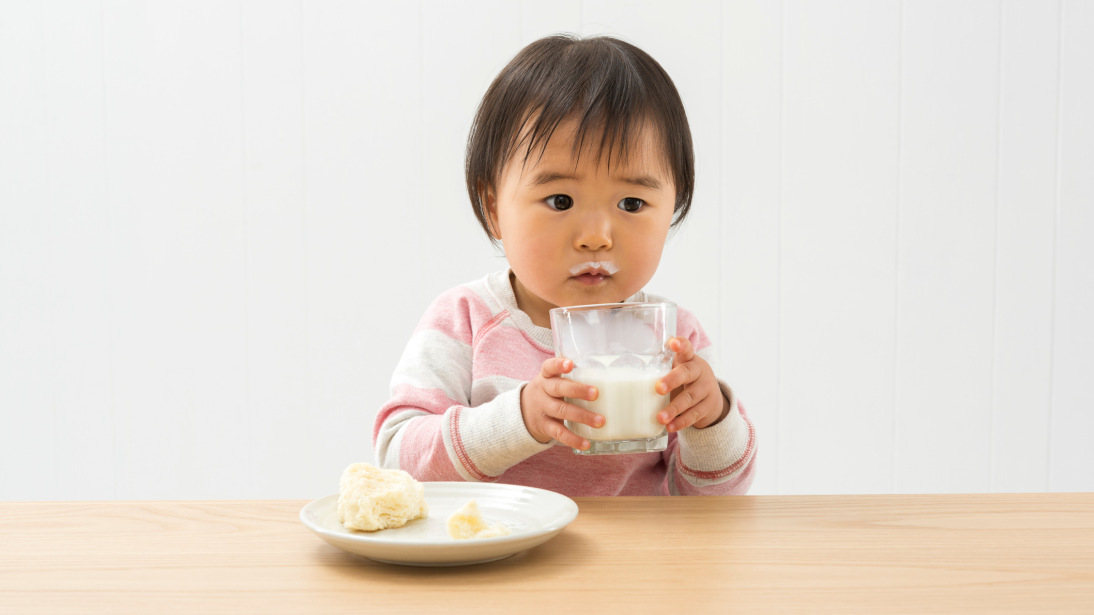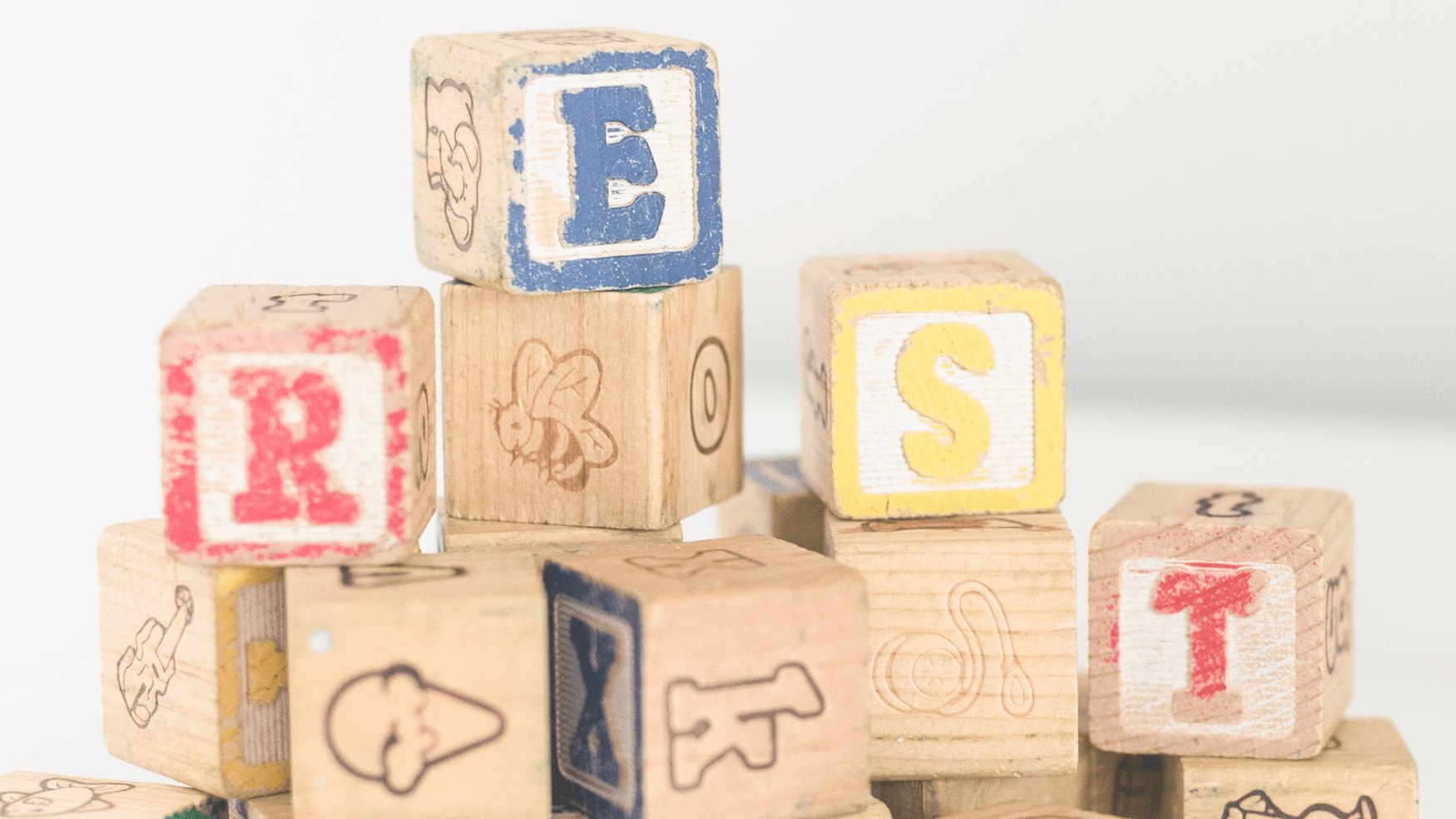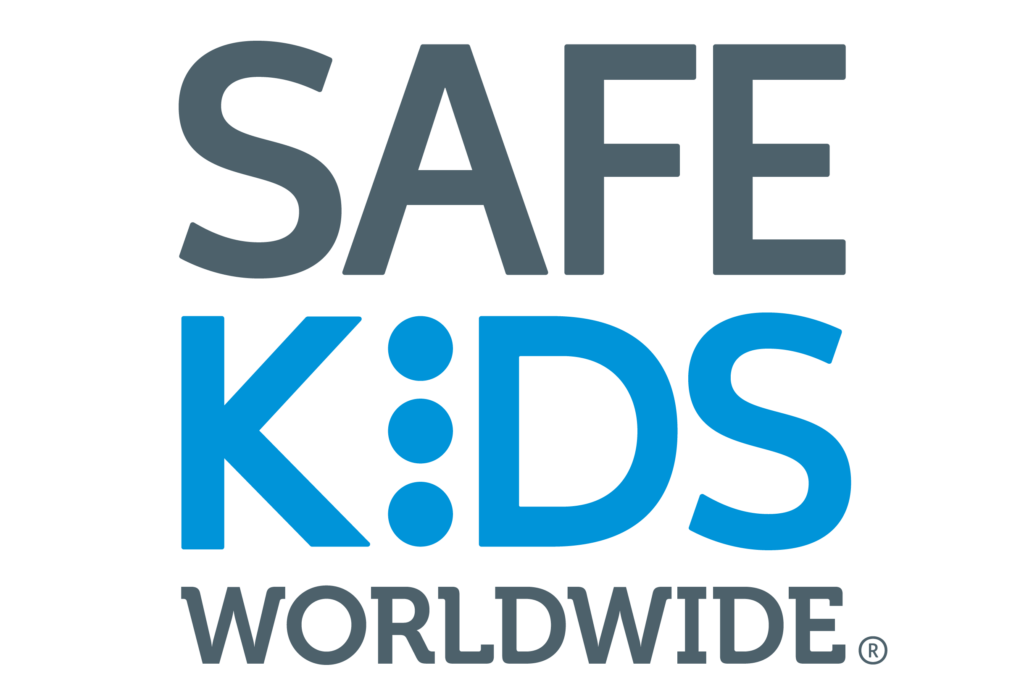If you have spent any time researching the world of starting solids with your baby, you’re probably aware that there are two potential methods you can choose: purees (traditional weaning) or baby-led weaning. Introducing solids with purees typically looks like feeding your child mashed foods with a spoon. Baby-led weaning involves safely preparing table foods and allowing your infant to self-feed. There are pros and cons to both methods, and it might feel overwhelming to choose one over the other.
Advantages of Baby-Led Weaning
- Less time consuming to prepare food for your baby, as they can generally eat what you are eating with some minimal modifications
- Helps develop your baby’s pincer grip
- Your baby can explore food on their own
- Your baby is able to self regulate their appetite and decide when they are full
- Allows your baby to experience adult-like textures and tastes
- Your baby learns how far they can stick food into their mouth before they trigger the gag reflex
Parents often worry that starting with table foods will lead to choking. Research shows that there is no increase in the risk of choking with baby-led weaning compared to purees. The key is to prepare food safely – starting with large pieces that your baby can easily grasp, and cooking them to the point where they can easily be squished between your thumb and forefinger.
Advantages of Purees
- Easier to know how much your baby is consuming
- Purees may be less anxiety-provoking compared to baby-led weaning
- May be less messy
- Other caregivers (like grandparents and childcare providers) may be more comfortable with purees
The good news is, you don’t have to choose one method over the other. A combination of the two methods is possible and the best choice for many families. Combo feeding allows you to pick principles from both methods and make them your own. This is a great approach for families who want to do baby-led weaning and are feeling a little hesitant about diving in head first.
How to Combine Purees and Baby-Led Weaning
Some baby-led weaning advocates claim that it is necessary to exclusively offer table foods, and purees should be completely avoided. This isn’t true. Think about it — as adults, we eat both table food and pureed foods (like soups, yogurt, and applesauce). Infants can learn to go back and forth between textured foods and pureed foods just as adults can.
Pre-loading a spoon with a puree but then letting your child hold the spoon and bring it to their mouth on their own is one example of taking from both methods. Your child is still in control of the spoon but consuming pureed food.
If you are offering both purees and table foods within the same meal, offer your child finger foods first. This helps them develop their fine motor skills and gets them used to various textures. Then, you can offer purees at the end of the meal as an additional source of iron and calories.
You may also choose combo feeding if your child is in daycare and you want to do baby-led weaning at home but your daycare feeds purees. Your baby will learn what to expect from each environment, and they can progress to table foods at daycare when they are older.
Spoon-feeding pureed foods is actually a short stage of your baby’s food journey. Spoon-feeding mashed foods for too long can cause challenges with your child’s eating habits. Regardless of which way you choose to introduce solid foods, infants should be consuming lumpier textures by 9 months of age, with the goal of fully transitioning to table foods by 10-12 months of age.
